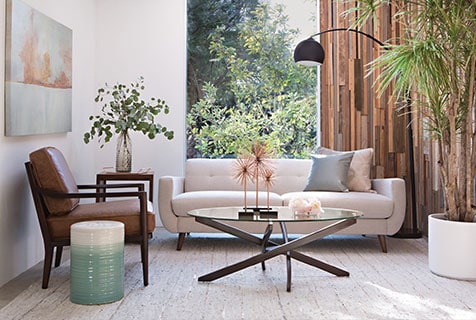#MidCentury #Modern #Decor #Timeless #Style #Modern #Living
The Mid-Century Modern (MCM) decor style, known for its clean lines, functional design, and emphasis on form and function, has had a lasting impact on interior design. Emerging in the 1940s and reaching its peak in the 1950s and 1960s, this style continues to inspire interior designers, collectors, and homeowners today. Whether you are looking to add a touch of nostalgia to your home or embrace a minimalist yet stylish aesthetic, Mid-Century Modern decor offers timeless appeal.
What is Mid-Century Modern Decor?
Mid-Century Modern decor is characterized by sleek, simple lines, organic shapes, and a blend of natural and man-made materials. It celebrates functionality without sacrificing beauty, incorporating materials like teak, walnut, glass, and metal. The style focuses on clean, open spaces, with an emphasis on minimalism. It rejects unnecessary ornamentation in favor of practical, efficient design that feels both stylish and comfortable.
The Mid-Century Modern movement was heavily influenced by a desire for progress and innovation, particularly in the aftermath of World War II. Designers began creating pieces that reflected a forward-thinking approach to both form and function, utilizing new materials and techniques.
Key Characteristics
- Clean Lines and Simple Forms
One of the hallmarks of Mid-Century Modern design is its commitment to simplicity. Straight lines and smooth curves define this style, rejecting overly ornate or excessive decoration. Furniture often features sleek silhouettes, with legs that appear to “float” due to their slender, tapered design. These minimalist shapes help create a sense of openness and airiness in a room.
- Functionality and Practicality
Mid-Century Modern furniture and decor are built with a clear focus on usability. Furniture is designed to be comfortable, but also easy to use and maintain. The pieces often serve more than one purpose, such as a coffee table with hidden storage or modular seating that can be rearranged based on the needs of the space.
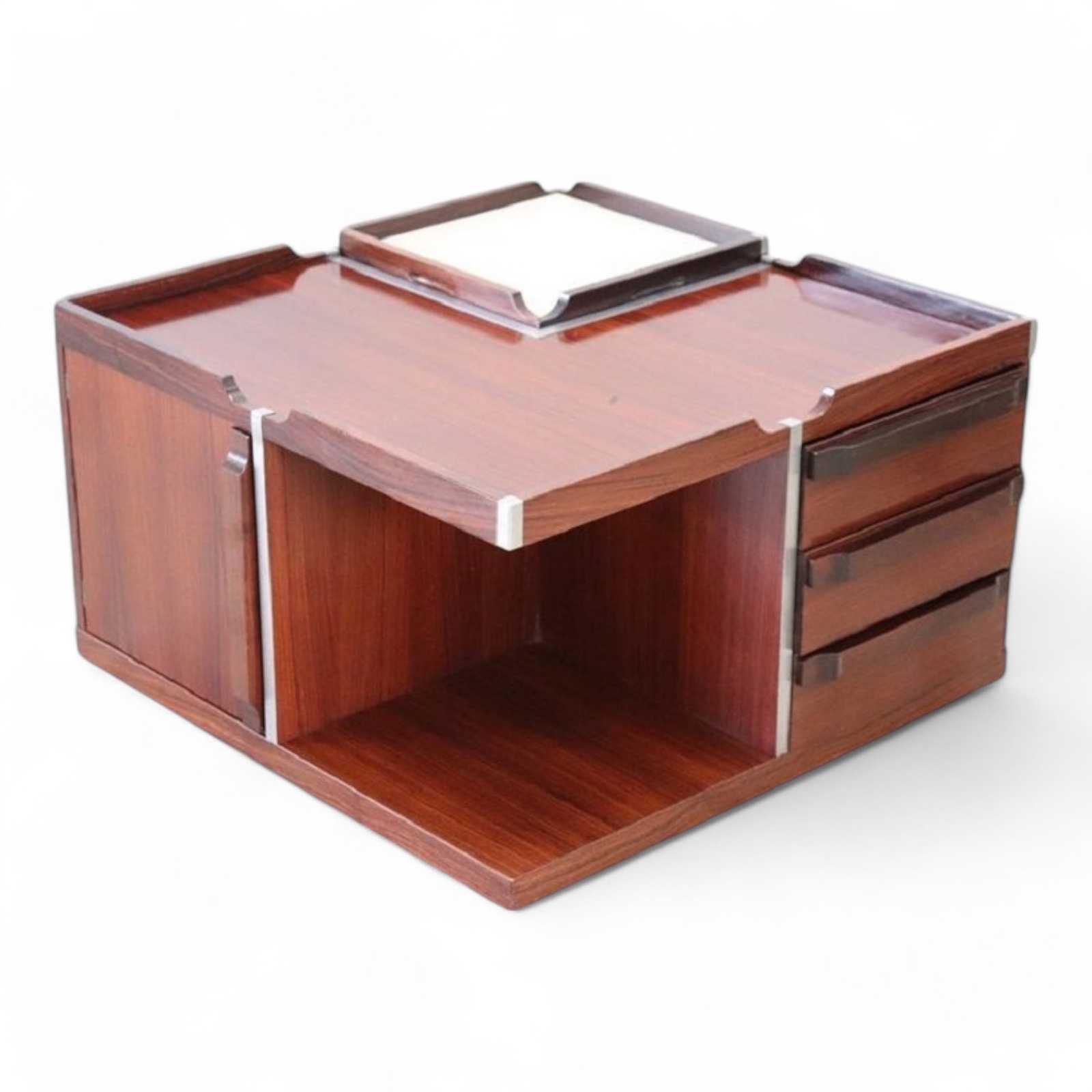
- Natural Materials and Man-Made Innovations
The Mid-Century Modern style brings together organic, natural materials with newer industrial materials. Wood, particularly walnut, teak, and oak, plays a significant role in the design. It is often paired with metal, glass, and plastic, creating a contrast between the warmth of wood and the sleekness of industrial materials. This juxtaposition creates balance and sophistication in the design.
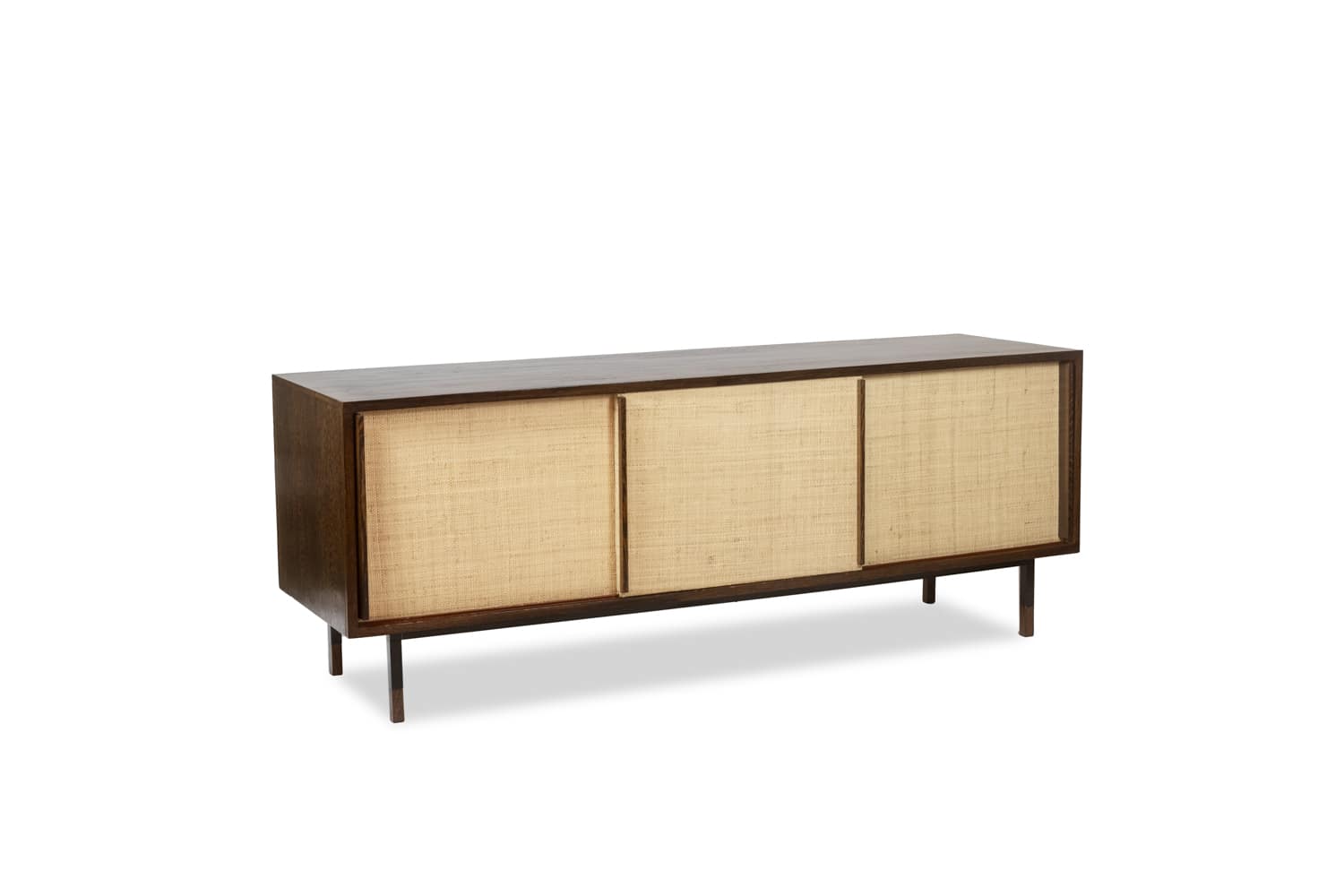
- Bold Colors and Geometric Patterns
While Mid-Century Modern furniture often focuses on neutral tones, it is not devoid of color. Vibrant hues like mustard yellow, orange, turquoise, and green are often used in accent pieces such as pillows, rugs, and artwork. Geometric patterns and abstract shapes are common in fabrics and textiles, adding energy and interest to otherwise simple spaces.
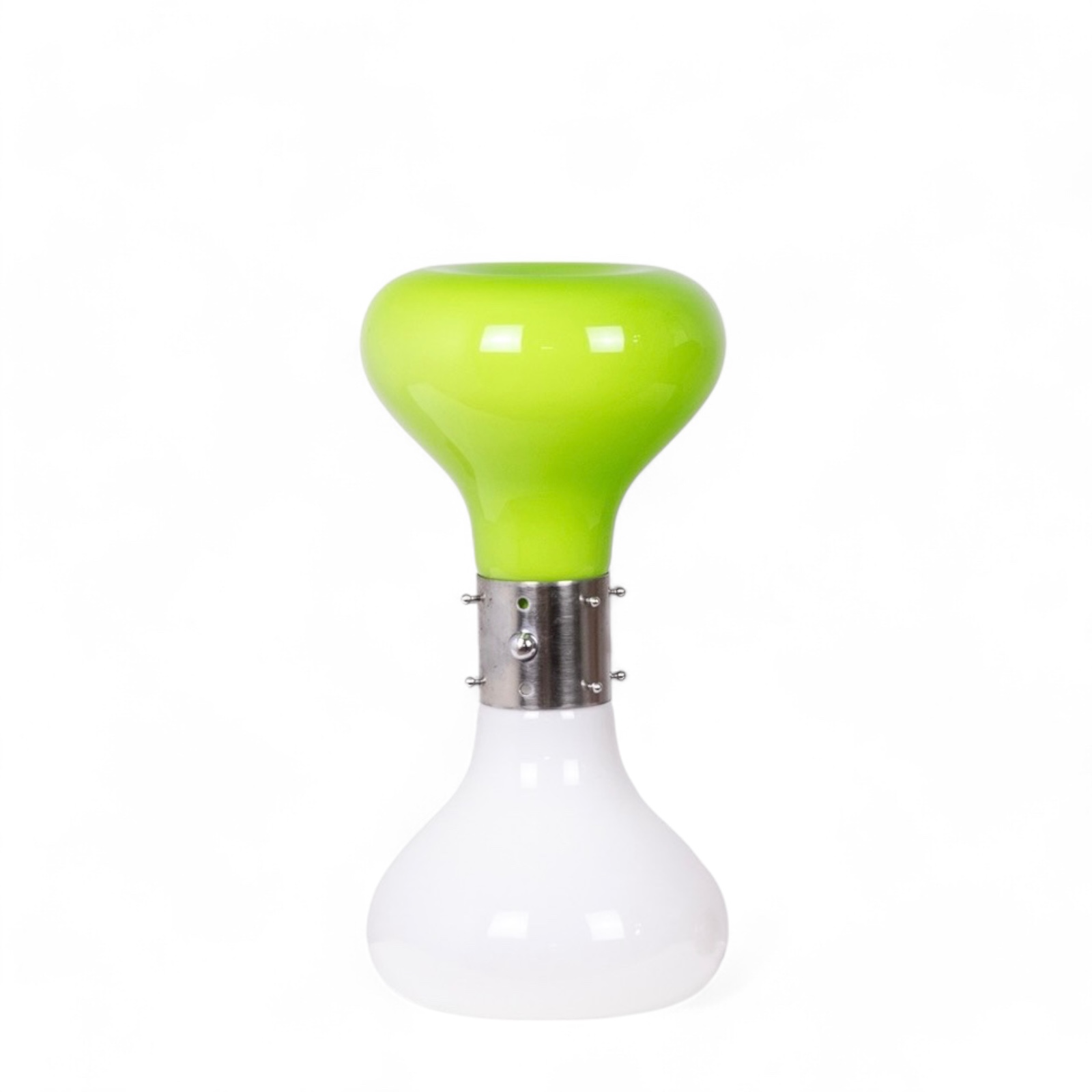
- Open, Airy Spaces
Mid-Century Modern homes often embrace open floor plans. The goal was to eliminate walls and barriers, creating seamless transitions between rooms. This concept is closely linked to the era’s ideals of freedom and connectivity. Large windows and sliding glass doors are also a common feature, allowing natural light to flood the space and blurring the lines between indoors and outdoors.
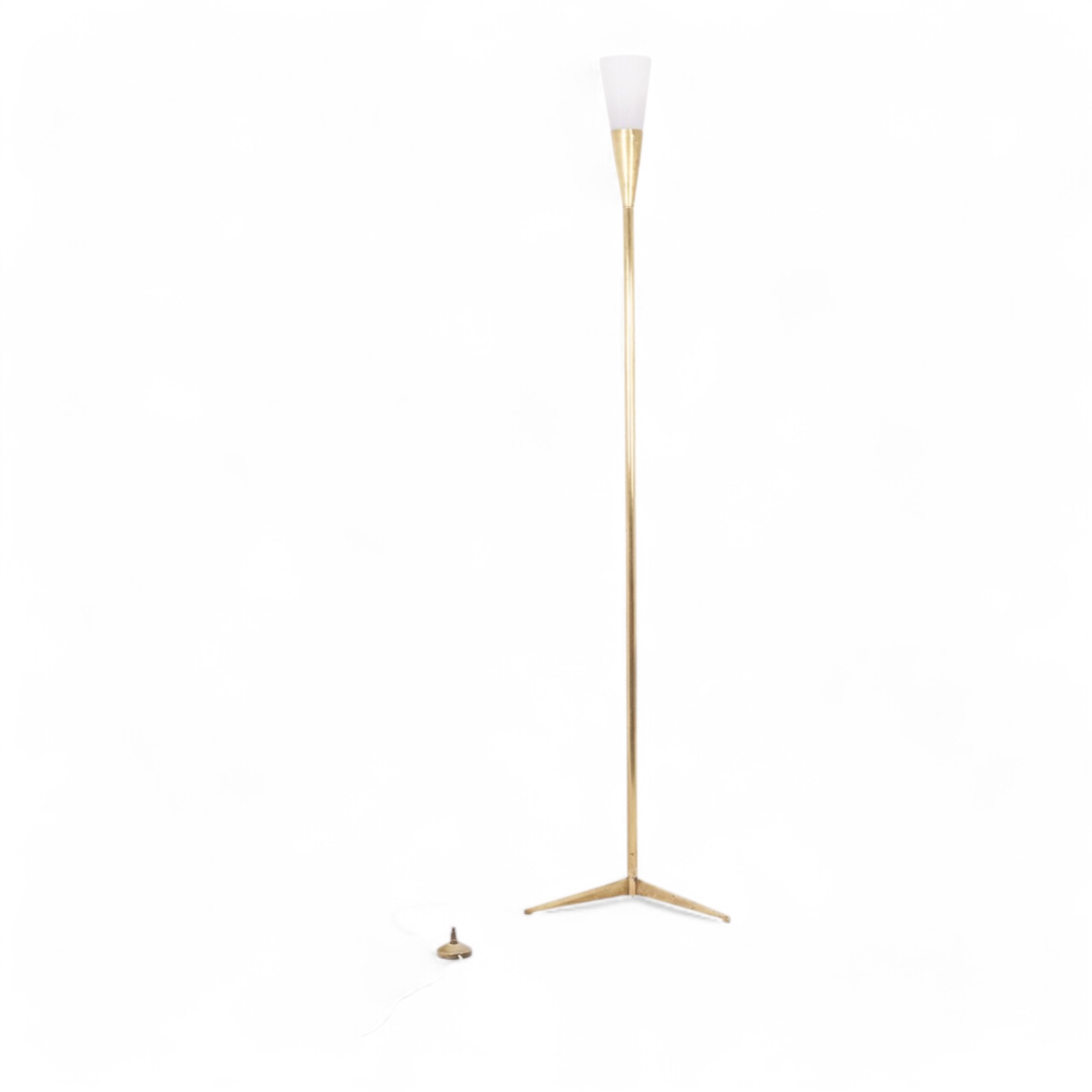
How to Incorporate Mid-Century Modern Decor into Your Home
Whether you are fully embracing the style or incorporating a few key elements into a more eclectic design, here are some tips for bringing Mid-Century Modern decor into your home.
1. Choose Iconic Furniture Pieces
The furniture is the heart of Mid-Century Modern design. Look for iconic pieces such as the Eames lounge chair, a teak coffee table, or a minimalist credenza. These classic items are designed with timeless appeal and will elevate any room. Focus on furniture that features tapered legs, organic curves, and simple, functional designs.
If you’re on a budget, consider looking for vintage Mid-Century Modern furniture. You may be able to find original pieces that reflect the style without paying premium prices for replicas.
2. Incorporate Natural Materials
Wood, particularly teak, walnut, and oak, is a signature material in Mid-Century Modern design. Incorporate wood furniture and accessories into your space, whether it’s a dining table, shelving units, or wooden-framed mirrors. These materials add warmth to the space while maintaining the clean lines and functionality of the style.
You can also introduce other natural materials such as leather, stone, and wool. For example, a leather chair or a stone side table can add texture and contrast to the wood-centric designs.
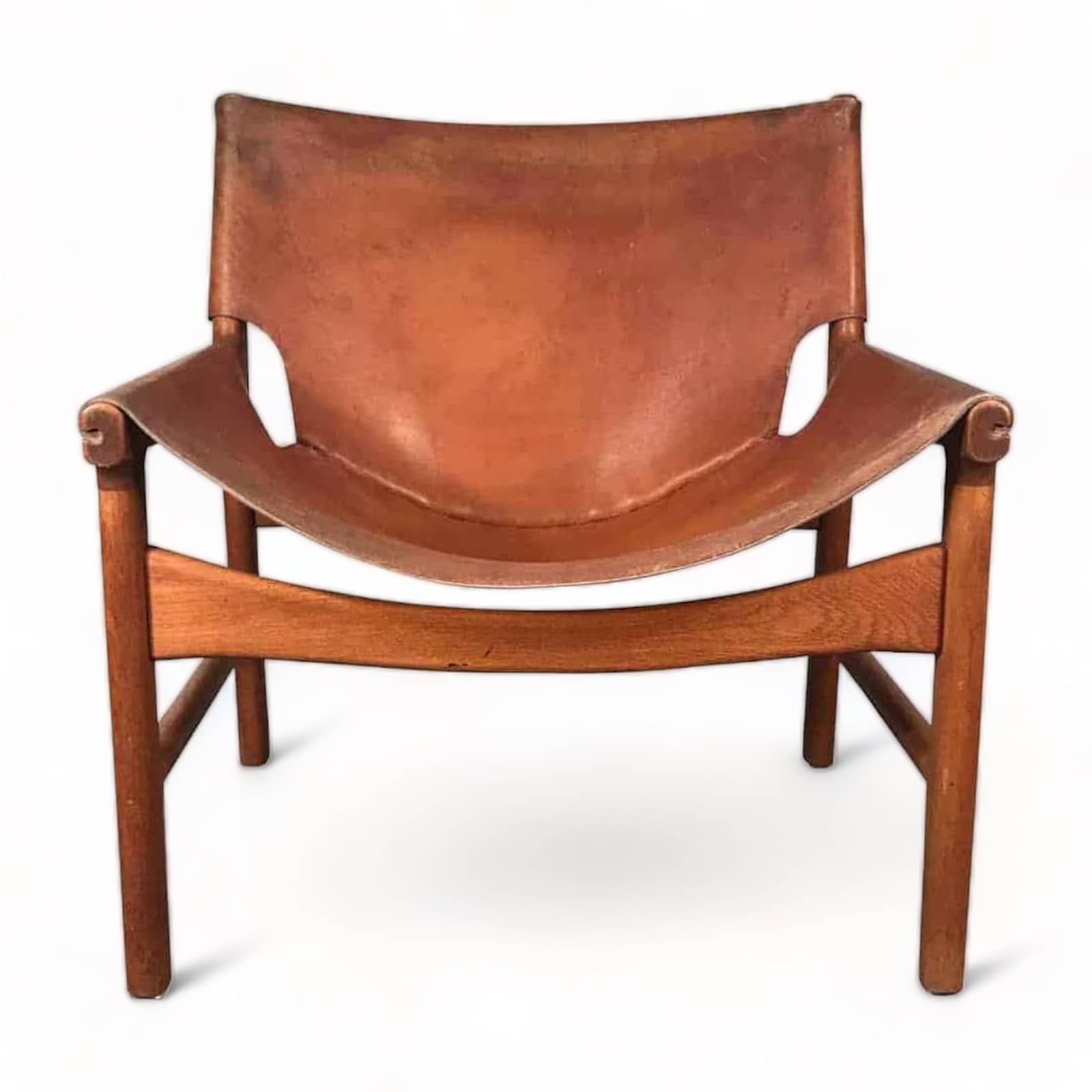
3. Embrace Bold Color Accents
While the base of your room should focus on neutral tones, don’t shy away from adding bold pops of color. Accent pieces such as throw pillows, rugs, vases, and wall art can add vibrant shades like mustard yellow, avocado green, or burnt orange. These colors were iconic in the 1950s and 1960s and will bring the energy of the era to your space.
4. Add Geometric Patterns
Geometric patterns are a key feature of Mid-Century Modern textiles. Look for patterns in rugs, cushions, or curtains to add visual interest. Abstract shapes or sharp lines in bold colors will enhance the authenticity of the style. If you prefer more subtle patterns, try using textured fabrics like wool or boucle that offer tactile contrast without overwhelming the space.

5. Focus on Lighting
Lighting is another important aspect of Mid-Century Modern design. Choose statement light fixtures such as Sputnik chandeliers, pendant lamps, or simple, sculptural floor lamps. These pieces often combine metal, glass, and other materials to create functional, eye-catching designs that enhance the aesthetic of the room.
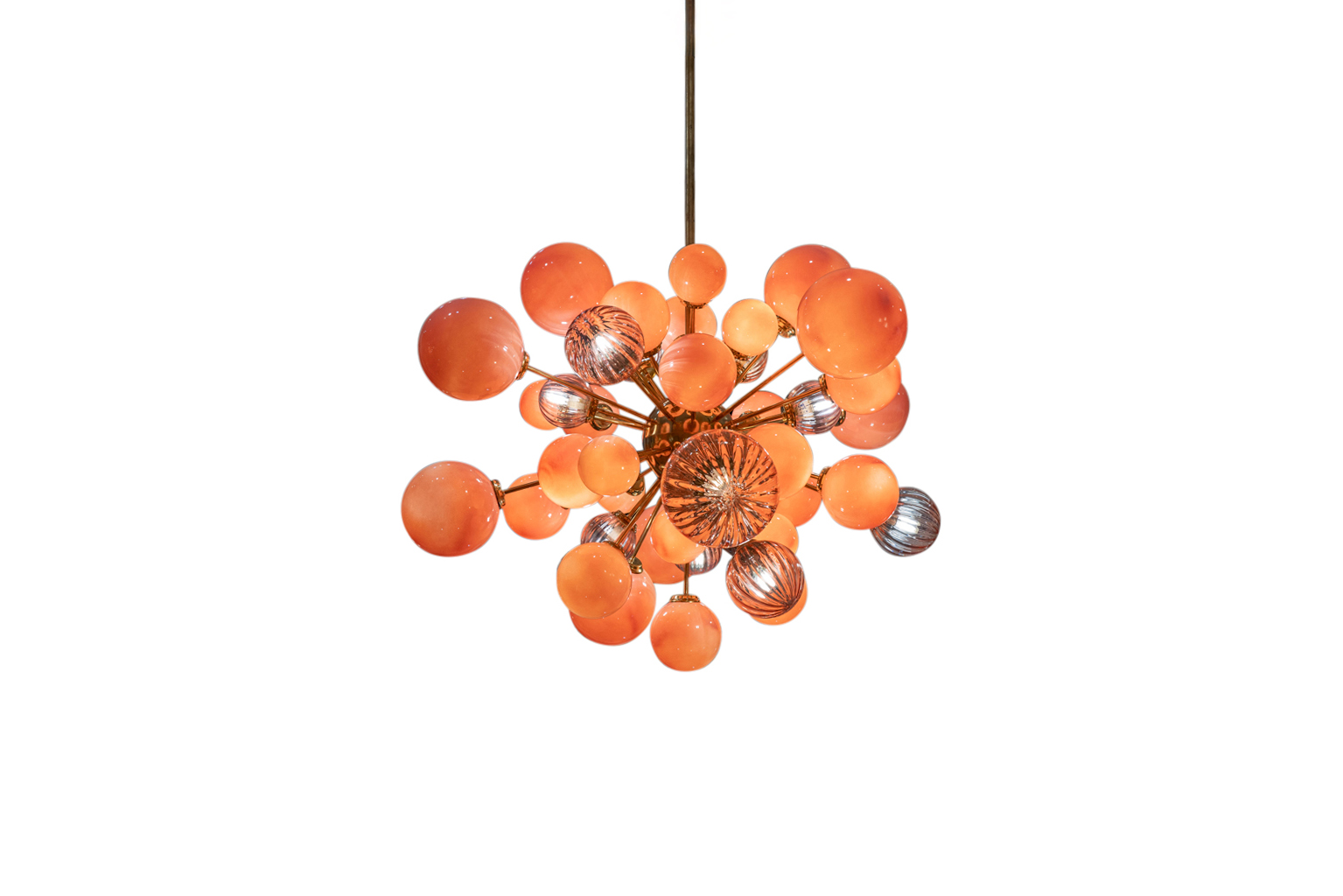
6. Keep It Simple
When incorporating Mid-Century Modern elements into your home, remember the key principle: simplicity. Avoid overcrowding your space with too many items. Instead, focus on quality pieces that serve a purpose. An open, airy layout is ideal for this style, so try to keep the flow of the room uninterrupted by excessive furniture or décor.
The Enduring Popularity of Mid-Century Modern Decor
Why has Mid-Century Modern decor remained popular for so long? Its timeless design appeals to those who appreciate both aesthetic beauty and functionality. The simplicity and clean lines are versatile and adaptable to many different design tastes. Whether you prefer a more minimalist approach or a bold, colorful interpretation, there’s a way to integrate Mid-Century Modern into any home.
In today’s world, where many are drawn to sustainable and enduring design, Mid-Century Modern’s focus on quality materials and practicality fits perfectly with modern living. It’s a style that encourages thoughtful design and balance, creating spaces that feel both personal and timeless.
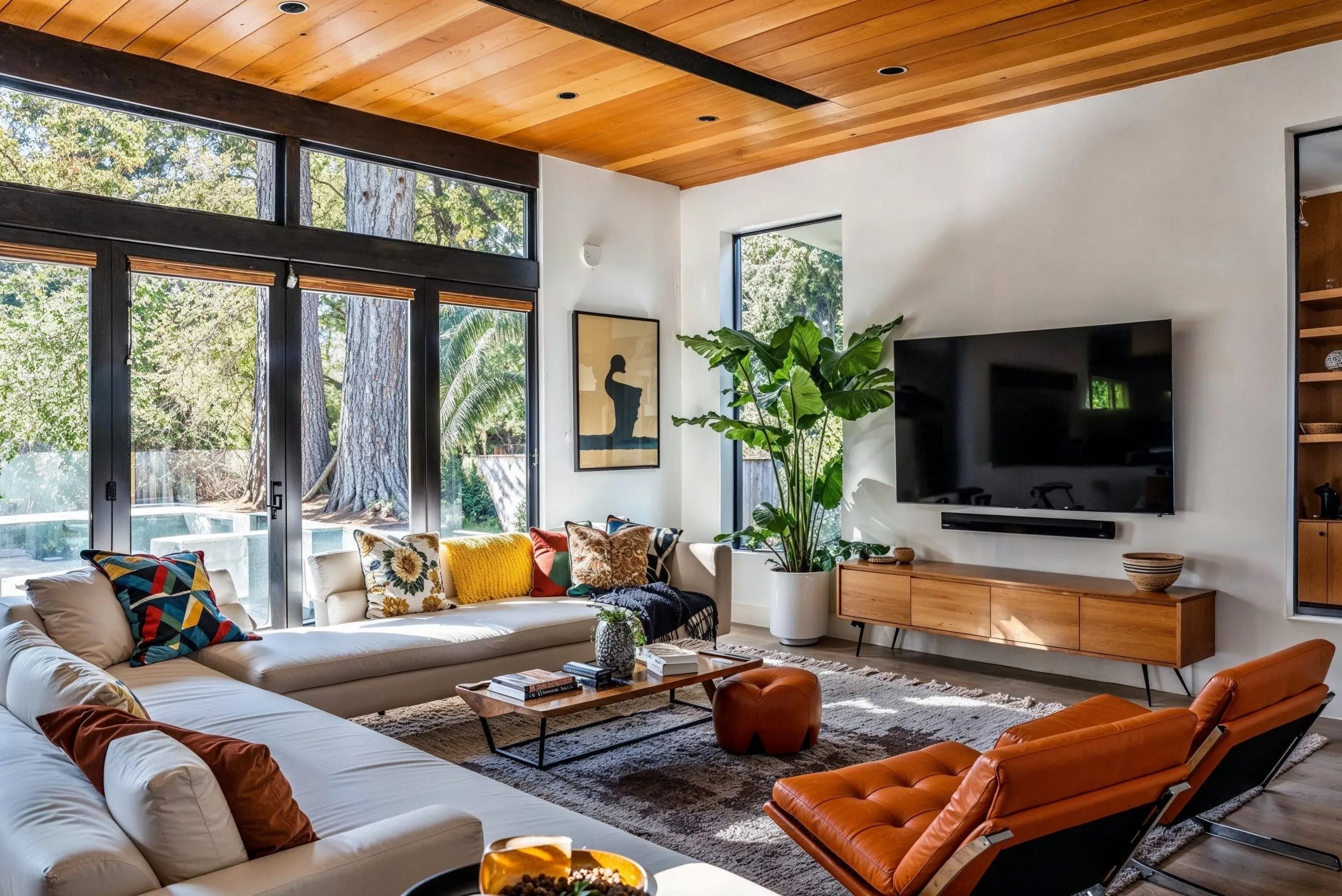
Conclusion
Mid-Century Modern decor is more than just a style—it’s a celebration of design, function, and innovation. Its clean lines, natural materials, and bold colors continue to inspire interior designers and homeowners worldwide. Whether you’re drawn to its minimalist aesthetic or its use of organic materials, Mid-Century Modern decor offers a sophisticated, timeless appeal. By incorporating key elements such as iconic furniture, vibrant accent colors, and geometric patterns, you can easily bring the charm of this classic style into your home.
Embrace the elegance of Mid-Century Modern decor, and transform your space into a functional and beautiful haven that will stand the test of time.

